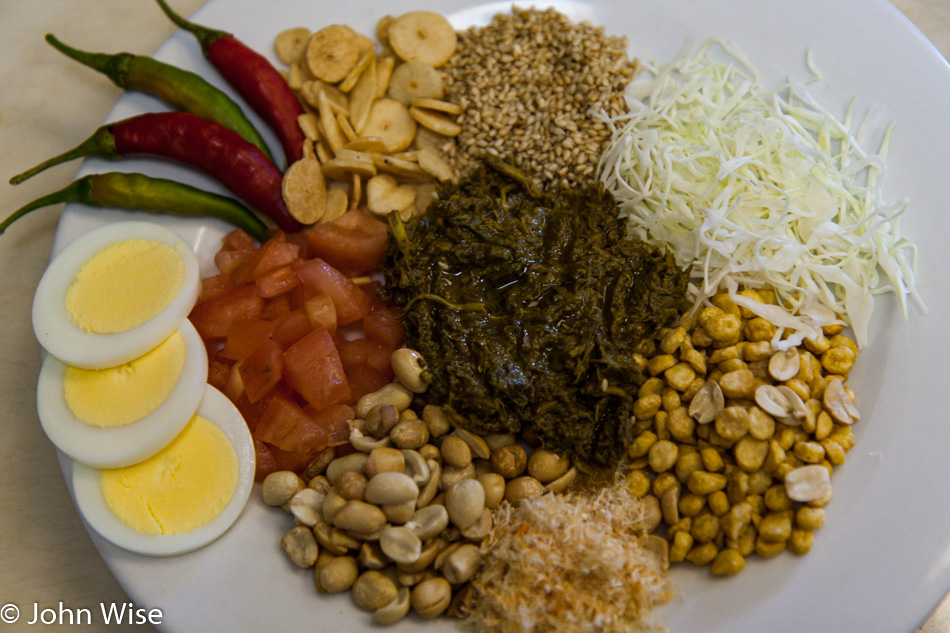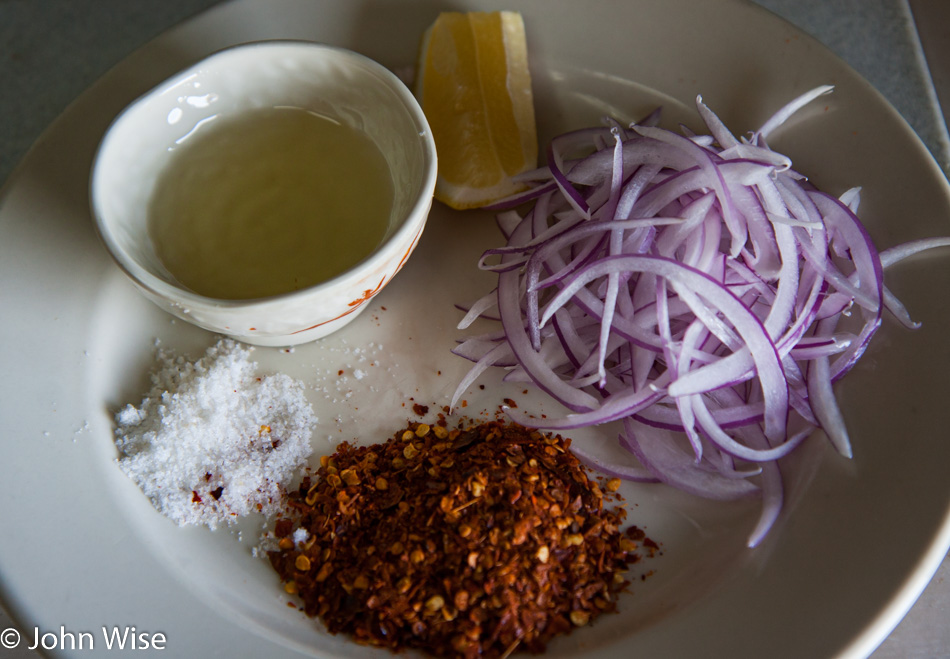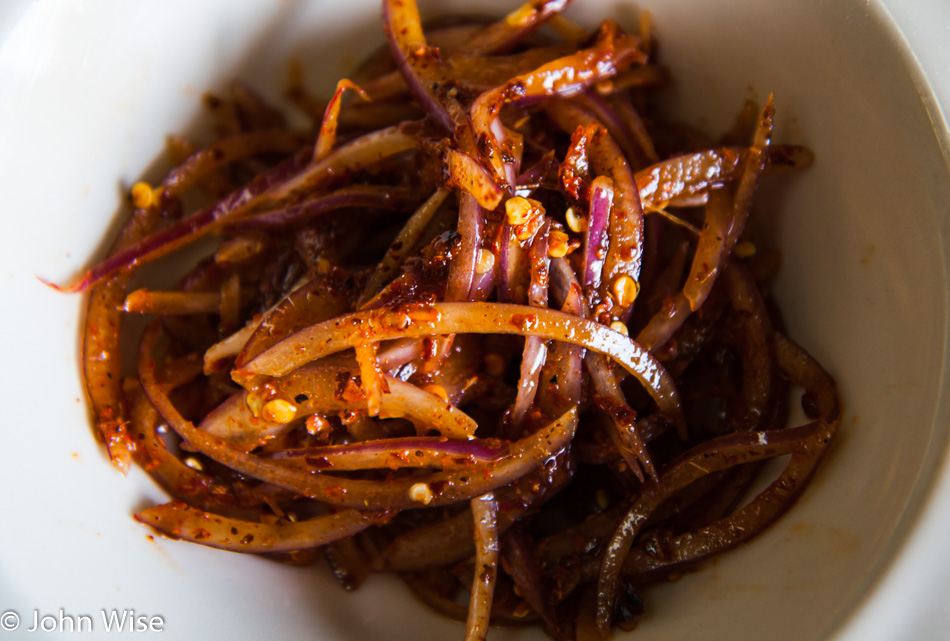
How many times have I heard, “Yeah, I don’t really like curry.” It’s inevitable that my response to that is, “Oh, which one? Or do you mean all of them?” At its base, curry means ‘sauce’ but in its breadth, it incorporates traditions from at least 20 countries, each having its own variation that is often nothing like a neighboring version. For example, when we look at the four main types of Thai curry we’ll see Red, Green, Yellow, and Massaman and each has its own flavor profile. Red curry starts with red chilies while green emphasizes basil, green eggplant, and kaffir lime leaves. Yellow curry is all about turmeric, lemongrass, and galangal while Massaman starts with a Persian influence bringing palm sugar, star anise, cloves, cinnamon, and peanuts into the recipe.
The American idea of curry likely comes from a spice mix in grocery stores called “curry” and focused on turmeric (found in mustard), cumin, and coriander (common in Mexican food), ground ginger, along with black pepper. I’d venture to say that most who decry the savory dishes made with a variation of these ingredients are actually voicing their intolerance for the particular aromas of the dishes that they are unfamiliar with, and that has more to do with their xenophobia that is still rife in our society. So, from just having eaten a lunch of chicken and green bean Tikka Masala curry and hoping to cook a Rendang (Indonesian beef curry) later today, I’m here to share how to make a Burmese curry base.

This recipe is turning out to be difficult for me to convey as my 10-year-old notes were only 25 words long. Faced with walking away forever from Little Rangoon’s pork belly curry and jackfruit curry, this was one of the first things I made, even before they closed up shop. It’s incredibly easy to make and freezes well, which is good because while its preparation is simple enough, it takes a lot of simmering before it’s done. There are no out-of-this-world aromas that arise from a wicked blend of spices, it doesn’t even really look all that appealing, but when Burmese curry wraps up its ingredients you are presented with an incredible dish with crazy amounts of umami that will turn any dish into comfort food.

As you can see above this all starts with onions, lots of onion, red onions to be specific. You’ll need a deep pan to cook this curry base because when you start the onions still have a lot of volume but are going to cook down, way down.
Ingredients:
- 10 pounds of red onions
- 1 bunch of cilantro (maybe 2 for your liking)
- 1 cup of paprika
- 12 bay leaves
- 1 cup of oil such as peanut, canola, or avocado
Preparation:
Chop onions into large slices, this will be blended later so uniformity is irrelevant. Chop the cilantro and keep in mind that a fine chop here is not required.
Heat oil over medium heat and add onions and cilantro at any time. Stir in paprika and allow this mass of onions to cook. Along the way, you may have to add more oil and with no hard rules as to how much there should be, I wouldn’t worry about ruining your curry base with too much or too little. The same goes for the amount of cilantro and paprika you prepare this with.
Once the onions have cooked for about an hour and are looking similar to the middle photo, remove them batch by batch to your blender and puree the onions and cilantro.
When you are finished blending them, return them to the cooking pan adding the bay leaves, and simmering this mixture on medium-low heat for another hour. Place it in jars and freeze what you won’t use in the next month. As I write this it reads strangely that I keep this in the fridge for about a month, but it’s worked for us for the past 10 years, so your mileage might vary.
That’s it but we’re not done here yet as I had a tip written in the margin that is important to fish dishes you might make with this curry base. Double roast your paste by cutting a stalk of lemongrass into 3″ pieces and crushing them with a mallet. Finely chop a thumb-size piece of ginger and add it and the lemongrass to a frying pan with hot oil in it. Fry this for about 30 seconds, add curry base and 1 Tbsp of paprika, cook over low heat until the flavors are merged. It was also noted that you could add garlic, cilantro, and a bay leaf if you desired.
Up next, recipes for Burmese Jackfruit Curry and Burmese Pork Belly Curry. You’ve been warned.
















